What’s in the Box
- Phlox Flower Seeds
- Sowing instructions printed on backside of Seed Packet
- Recyclable Pouch
Introduction
Bring a touch of timeless elegance to your garden with our premium Phlox Flower Seeds! Known for their clusters of fragrant, star-shaped blossoms, Phlox flowers add a delicate charm and long-lasting color to any outdoor space. From soft pastels to vibrant hues, these versatile blooms thrive in beds, borders, rock gardens, and even containers, making them a favorite for gardeners of all levels.
Phlox flowers are not only visually captivating but also attract butterflies, hummingbirds, and other pollinators, enriching your garden’s ecosystem. Easy to grow and resilient, these blossoms promise a breathtaking floral display throughout the season. With our high-quality Phlox seeds, you can create a romantic garden atmosphere filled with lush textures and gentle fragrance. Order today and let your garden flourish with the enchanting beauty of Phlox!
Guide to the Germination Process, Soil & Fertilizer, Watering & Pest Control Requirements for Phlox Flower Seeds
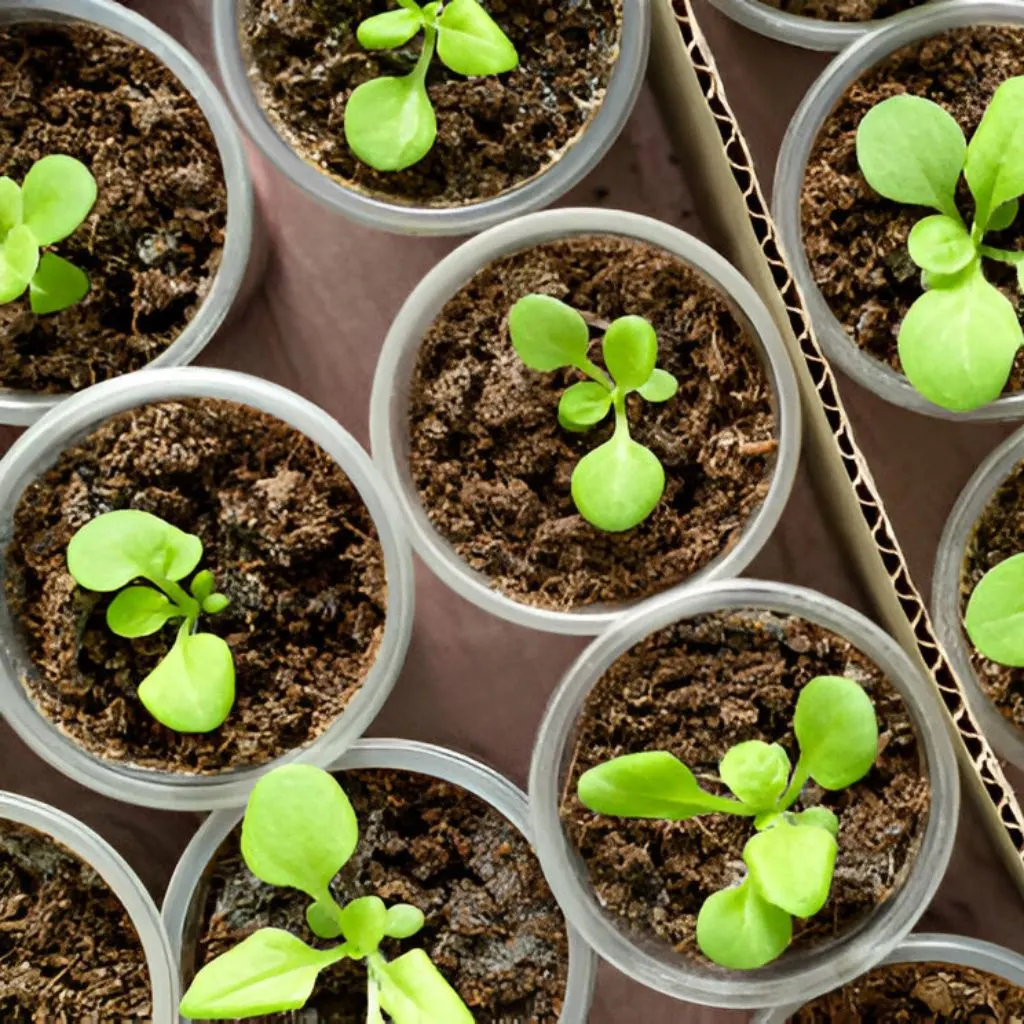
Seeds Germination Process
Seed Preparation: Phlox seeds benefit from a short cold stratification period. Place seeds in a moist paper towel inside a plastic bag and refrigerate for 2–3 weeks before planting to enhance germination.
Planting Medium: Use a light, well-draining potting mix rich in organic matter. A blend of peat moss, perlite, and compost works well.
Planting: Sow seeds about ⅛ inch (3 mm) deep. Lightly cover with soil, as Phlox seeds need darkness for germination.
Containers or Beds: Start seeds indoors in seed trays or directly sow them in the garden after the last frost. If using pots, ensure good drainage.
Watering: Keep the soil evenly moist but not soggy. Mist gently to avoid disturbing the seeds.
Temperature: Optimal germination occurs between 18–21°C (65–70°F).
Light: Once seedlings sprout, provide bright indirect light or 12–14 hours under a grow light.
Germination Time: Phlox seeds generally take 14–28 days to germinate, depending on the variety and conditions.
Soil & Fertilizer Requirement
Soil Preparation: Phlox thrives in loose, fertile, and well-draining soil with a slightly acidic to neutral pH (6.0–7.0). Mix compost or organic matter into the soil before planting.
Balanced Fertilizer: Apply a balanced fertilizer like NPK 10:10:10 or 19:19:19 during early growth to encourage strong roots and foliage.
Organic Alternatives: Well-rotted compost or worm castings can be excellent natural fertilizers.
Application: Feed every 4–6 weeks during the growing season. Switch to a fertilizer higher in phosphorus to boost blooming during the flowering stage.
Avoid Overfeeding: Too much nitrogen can cause lush leaves but fewer flowers.


Watering Requirement
Frequency: Keep the soil consistently moist, especially during dry spells. Water deeply 1–2 times per week, depending on weather and soil type.
Technique: Water at the base of the plant to prevent wet foliage, which can lead to fungal diseases.
Soil Moisture: Maintain moist but not waterlogged soil. Let the top 1 inch dry out slightly before watering again.
Container Plants: Phlox grown in pots may dry out faster; check soil moisture daily and water as needed.
Seasonal Adjustment: Increase watering during hot, dry weather. Reduce in cooler months as growth slows.
Pest Control Requirement
Aphids: These sap-sucking insects can cause leaf curling. Control with neem oil or insecticidal soap.
Spider Mites: Common in hot, dry conditions. Spray plants with water to increase humidity and use miticides if infestations occur.
Powdery Mildew: A frequent problem with Phlox, showing as white powder on leaves. Improve air circulation, water at the soil level, and use organic fungicides if needed.
Slugs & Snails: These pests may chew on foliage. Use organic slug pellets or barriers to protect plants.
Root Rot: Caused by poorly draining soil or overwatering. Ensure proper drainage and avoid waterlogging.
Regular Monitoring: Inspect plants often and remove damaged leaves to prevent spread of pests or disease.


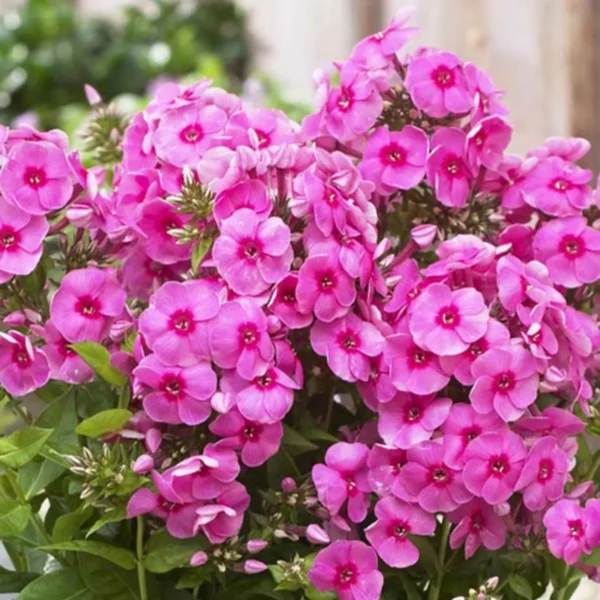
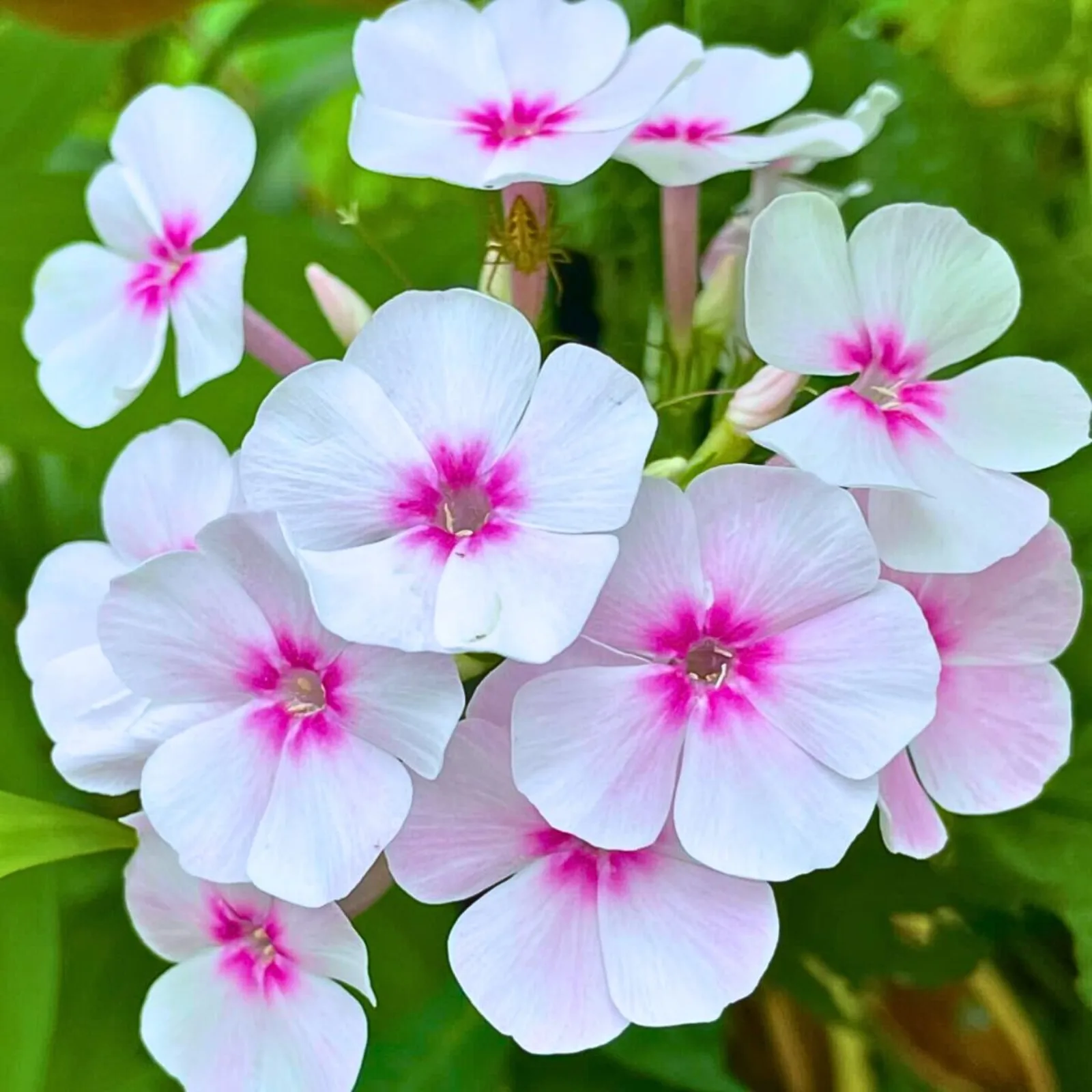
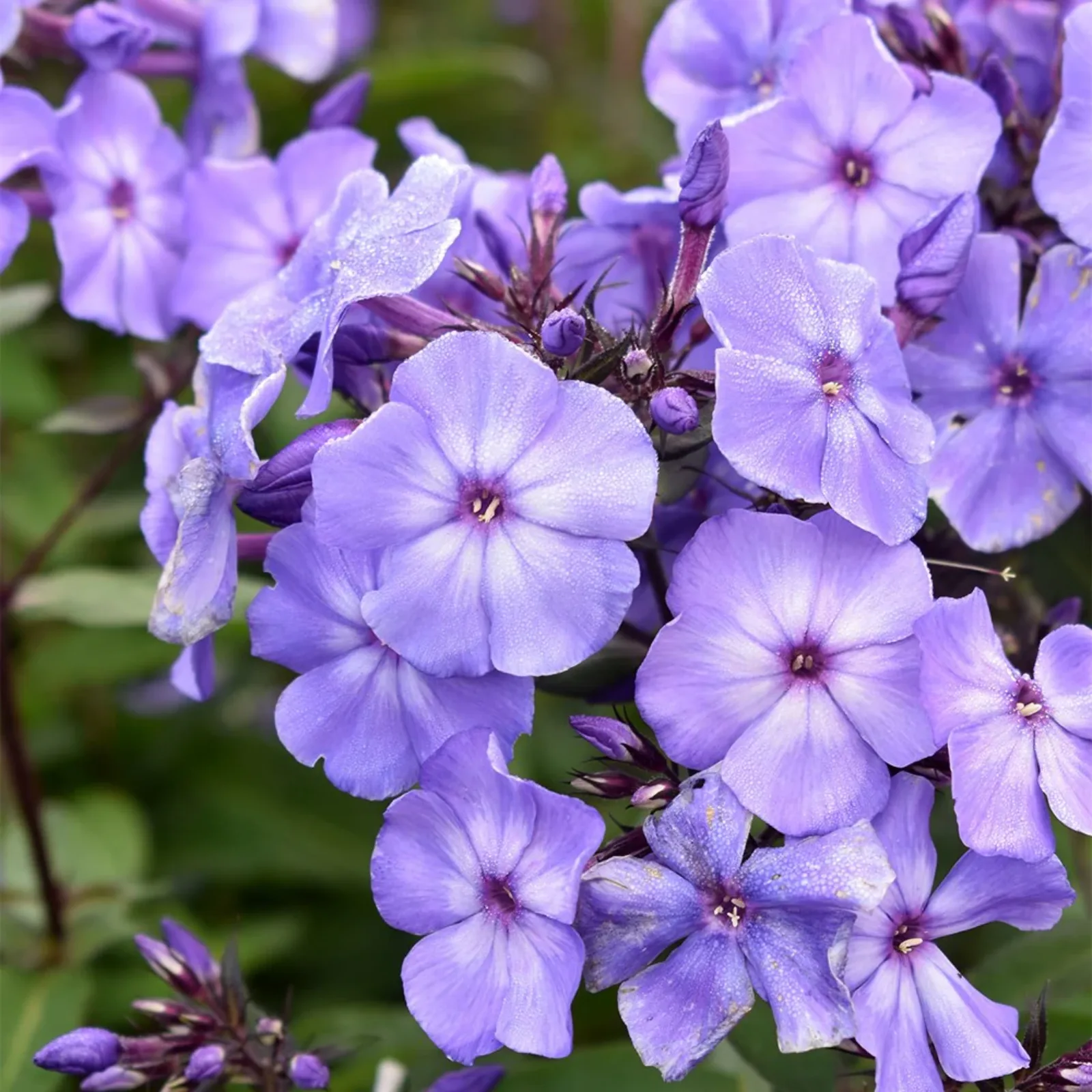
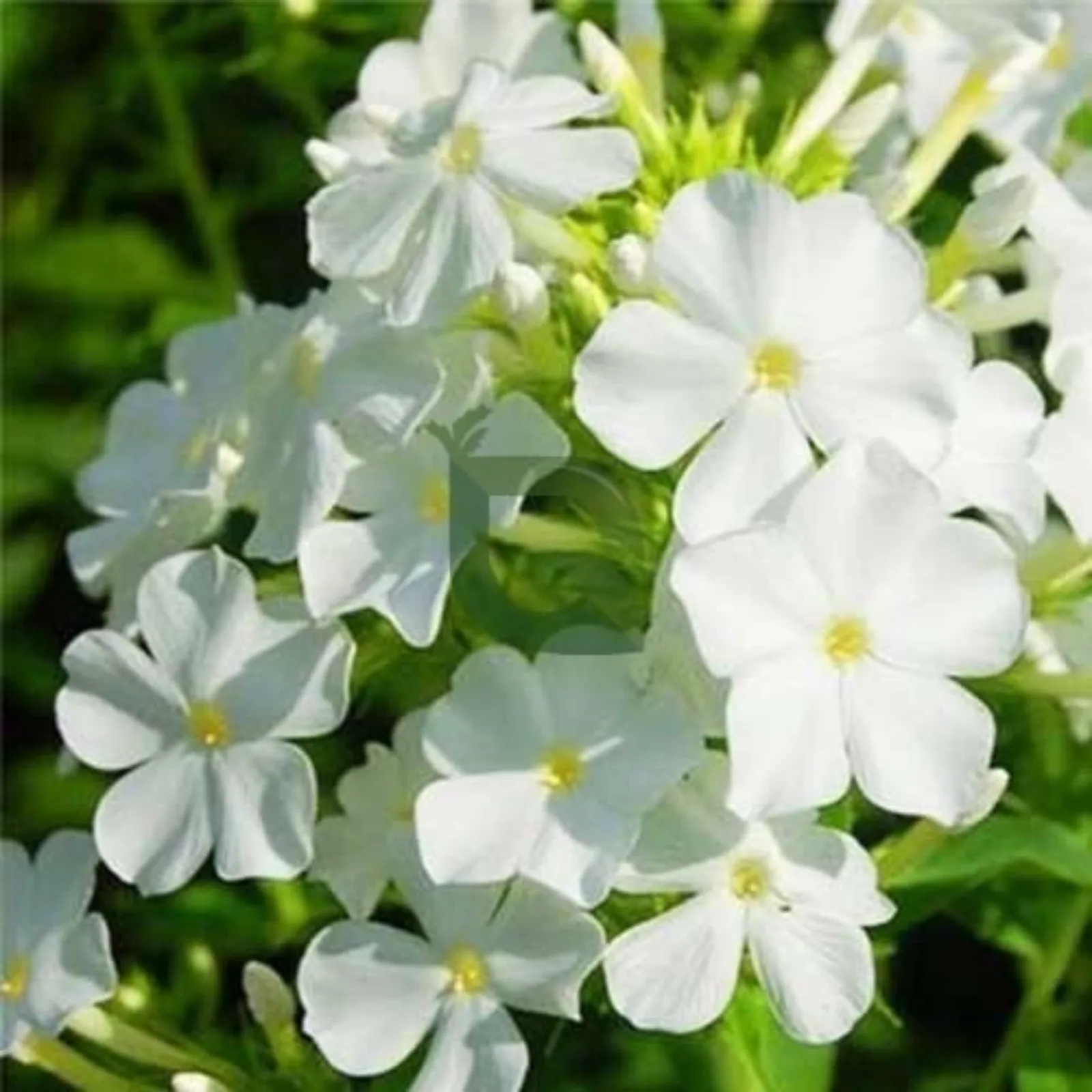




Reviews
There are no reviews yet